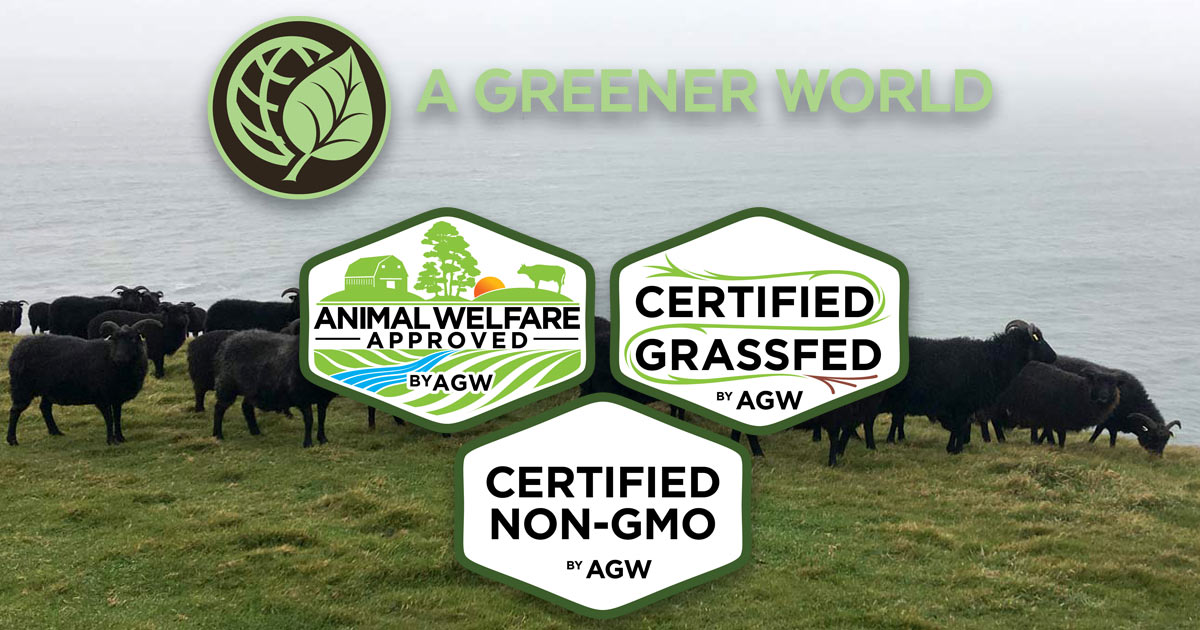- Location
- Scottsih Borders
I presume that as far as the consumer is concerned,the term ''Pasture-For-Life'' infers that beef cattle have been grazed on grass for life.
Does it exist, or is it just a figment of someone's vivid imagination?
Does it exist, or is it just a figment of someone's vivid imagination?









